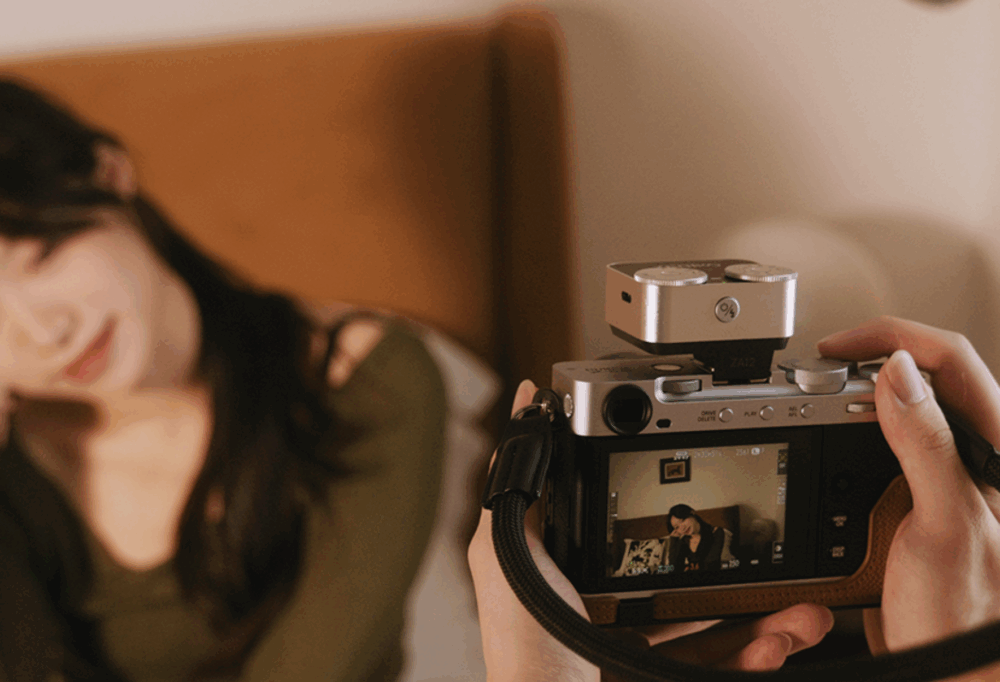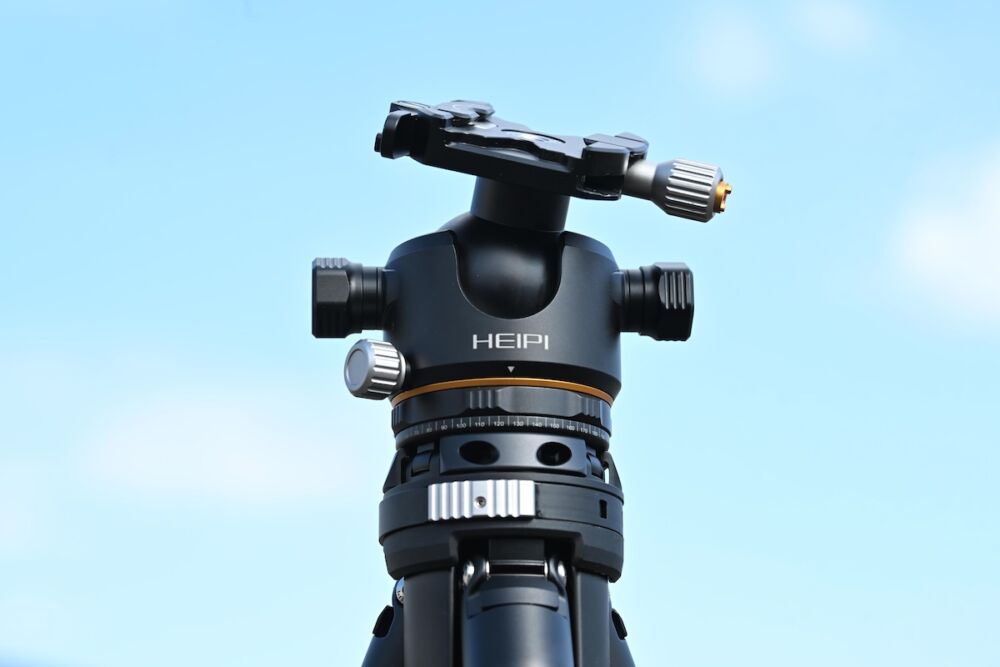Among the vast array of lens options available, 24mm and 35mm lenses stand out as versatile workhorses cherished by both amateur enthusiasts and seasoned professionals alike. These prime lenses offer a unique perspective, enabling photographers to tell stories with depth, clarity, and immersive detail. From landscape vistas to intimate portraits, the 24mm and 35mm focal lengths provide creative flexibility. In this article, we provide five compelling reasons why these lenses have secured a special place in the hearts of photographers worldwide.
5 Reasons We Love 24mm & 35mm Lenses Video
In this episode, I am going to show you why the 24mm and 35mm primes are my favorite lenses. In addition, I’ll discuss how to best use these lenses when it comes to portraiture.
24mm vs 35mm Lens
If you are looking to purchase a wider prime lens choose between the 24mm or 35mm focal length. They will give you similar results and it isn’t necessary to have both considering the images produced aren’t going to look that varied. Here is a round-up of some of the best prime lenses of the 24mm and 35mm focal lengths on the market for varied camera bodies:
Favorite 24mm Lenses
- Canon EF 24mm f/1.4L II
- Nikon 24mm f/1.4G AF-S ED NIKKOR Lens
- Sony FE 24mm F/1.4 GM
- Sigma Art 24mm f/1.4
Favorite 35mm Lenses
- Sigma Art 35mm f/1.4
- Sony Distagon T* FE 35mm F/1.4 ZA
- Canon RF 35mm f/1.8
- Nikon 35mm f/1.4 G
- Canon EF 35mm f/1.4L II
- Tamron 35mm f/1.4
Now that we’ve covered the actual lenses we recommend buying, let’s jump into some of the characteristics and reasons why I love these two prime focal lengths:
1. Just Wide Enough
 I know you can get wider focal lengths, but quite honestly, for most scenes that I’m shooting in, this is a wide enough focal length. The 24mm will give you a bit more scope and it might come in handy, but for most scenes and situations you would be fine with a 35mm. It’s not so wide that you are catching tons of unwanted background components, yet it’s not so tight that you can’t see your environment. The Canon wide-angle prime lens I reach for the most is the Canon 35mm f/1.4 L because it provides me with just enough versatility to get wide in scenes without being too close to my clients. I do love the 24mm as well but you have to be careful on the edge distortion of that lens and make sure your subjects stay close to the center of the frame.
I know you can get wider focal lengths, but quite honestly, for most scenes that I’m shooting in, this is a wide enough focal length. The 24mm will give you a bit more scope and it might come in handy, but for most scenes and situations you would be fine with a 35mm. It’s not so wide that you are catching tons of unwanted background components, yet it’s not so tight that you can’t see your environment. The Canon wide-angle prime lens I reach for the most is the Canon 35mm f/1.4 L because it provides me with just enough versatility to get wide in scenes without being too close to my clients. I do love the 24mm as well but you have to be careful on the edge distortion of that lens and make sure your subjects stay close to the center of the frame.
2. Shallow Depth of Field
 Although prime lenses are known for their shallow depth of field, I highly encourage to NOT always shoot at f/1.4. When you do want to utilize that depth of field, you achieve great separation between the foreground and background.
Although prime lenses are known for their shallow depth of field, I highly encourage to NOT always shoot at f/1.4. When you do want to utilize that depth of field, you achieve great separation between the foreground and background.
3. Low Light Capabilities
 These lenses are fantastic when it comes to shooting in low light situations. This makes for shooting after you’ve lost natural sunlight a breeze without having to worry about slowing down your shutter and getting blurry photos. But, when using wide apertures in low light, I’d highly recommend a camera with face tracking or pixel-based focusing system to help ensure shots stay sharp.
These lenses are fantastic when it comes to shooting in low light situations. This makes for shooting after you’ve lost natural sunlight a breeze without having to worry about slowing down your shutter and getting blurry photos. But, when using wide apertures in low light, I’d highly recommend a camera with face tracking or pixel-based focusing system to help ensure shots stay sharp.
4. In-the-Action Focal Lengths
 The wide focal length means we can get in-the-action portraits that make the viewer feel like they are present and in the moment of the photograph. These prime lenses require you to be close to the subjects to feel like the viewer is in the moment while still showcasing the environment and background.
The wide focal length means we can get in-the-action portraits that make the viewer feel like they are present and in the moment of the photograph. These prime lenses require you to be close to the subjects to feel like the viewer is in the moment while still showcasing the environment and background.
5. Compositional Flexibility
 Combining all of these traits gives us a piece of glass that is a wonderful compositional tool. We can shoot wide portraits with shallow depth, or step back and look for unique perspectives to shoot with. We can look for foreground objects to layer and frame our subjects, or jump straight into the action for in the moment portraits. Both of these prime lenses are versatile machines when it comes to creative compositions.
Combining all of these traits gives us a piece of glass that is a wonderful compositional tool. We can shoot wide portraits with shallow depth, or step back and look for unique perspectives to shoot with. We can look for foreground objects to layer and frame our subjects, or jump straight into the action for in the moment portraits. Both of these prime lenses are versatile machines when it comes to creative compositions.
Bonus Video – Minimalist Challenge with the 35mm Lens
For this bonus, we’re using the trusty 35mm f/1.4 lens with an EF to RF adapter on a Canon EOS R camera body for a walk, this time around the streets of Orange, using nothing but this lens, natural light, and whatever backdrops we can find to create compelling compositions in our images.
As I mentioned last time, the 35mm prime is one of my favorite lenses. You can choose any one lens, but I’ll discuss a number of different techniques that work particularly well with this specific focal length. The main point, however, is to limit yourself to one lens. By limiting your gear, you also limit a number of distractions and open up your creativity. As photographers, we often bring more gear than we need (because we have it). Unfortunately, we end up ignoring the great stuff that’s right in front of us because we’re thinking about how to use all of our gear. Limiting our gear should allow us to focus on the natural existing light, how to shape that light, how to choose better angles, and how to compose everything.
35mm Images from the shoot
























